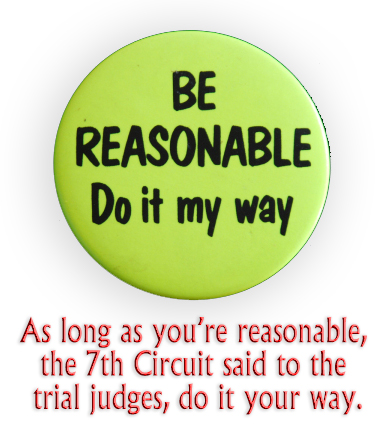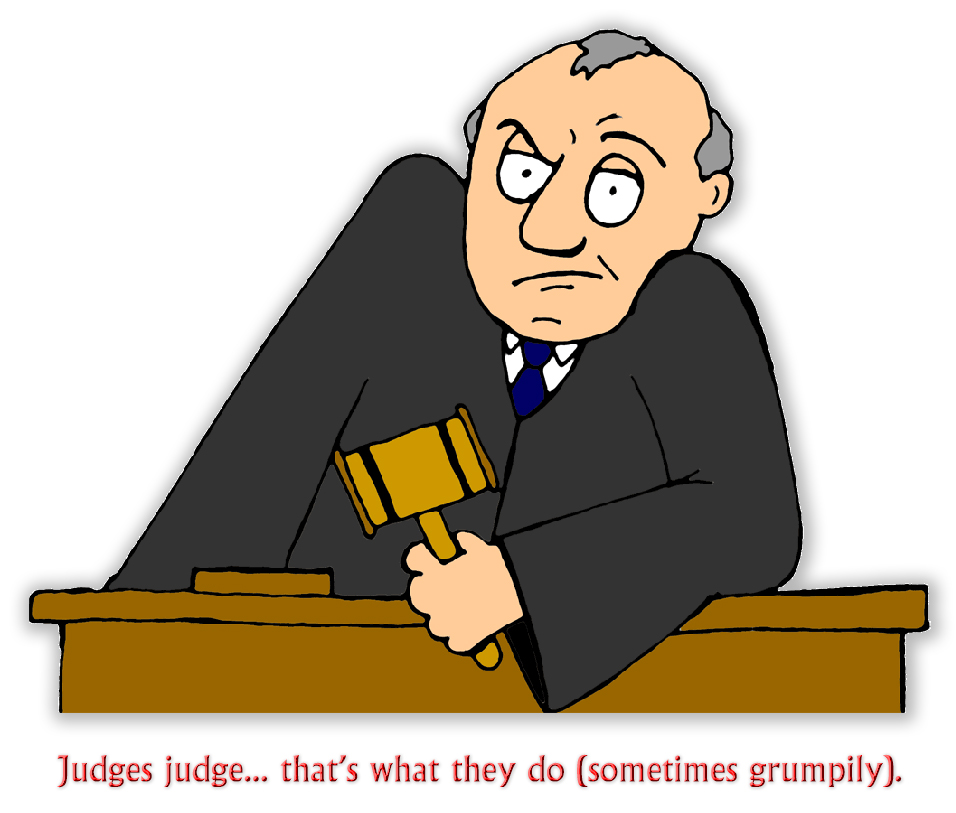We post news and comment on federal criminal justice issues, focused primarily on trial and post-conviction matters, legislative initiatives, and sentencing issues.
8TH CIRCUIT HOLDS VOYEURISM IS NOT NECESSARILY CHILD PORN
I’ll get this out of the way right now: child pornography is creepy. What’s more, it can scar the innocent victim for life. No thinking person can see it as a harmless albeit deviant pastime.
 But feeling the need to wash your hands after even just discussing the topic is different from opposing the draconian sentences for child porn mandated by federal law. Matthew McCoy got such a sentence, 210 months (17 years plus) because he hid a video camera in a bathroom closet to record his 15-year-old niece taking a shower.
But feeling the need to wash your hands after even just discussing the topic is different from opposing the draconian sentences for child porn mandated by federal law. Matthew McCoy got such a sentence, 210 months (17 years plus) because he hid a video camera in a bathroom closet to record his 15-year-old niece taking a shower.
After a jury trial, Matt was convicted of two counts of producing child porn, a 15-year mandatory minimum offense. But two weeks ago, the 8th Circuit reversed.
Matt was convicted under 18 USC § 2251(a), which prohibits using a “minor to engage in… any sexually explicit conduct for or the purpose of producing any visual depiction of such conduct.” For the conduct to be “sexually explicit,” it must be “lascivious.”
The statutes define “sexually explicitly conduct” as including “actual … lascivious exhibition of the anus, genitals, or pubic area of any person[.]” 18 U.S.C. § 2256(2)(A)(v). Both McCoy and the government focus our attention on the meaning of “lascivious exhibition.”
The Circuit applied the well-known “Dost factors” – so named because they were originally used in United States v. Dost (a 36-year-old California district court case) – to Matt’s video. Those factors include
(1) whether the focal point of the visual depiction is on the child’s genitalia or pubic area;
(2) whether the setting of the visual depiction is sexually suggestive, i.e., in a place or pose generally associated with sexual activity;
(3) whether the child is depicted in an unnatural pose, or in inappropriate attire, considering the age of the child;
(4) whether the child is fully or partially clothed, or nude;
(5) whether the visual depiction suggests sexual coyness or a willingness to engage in sexual activity;
(6) whether the visual depiction is intended or designed to elicit a sexual response in the viewer.
While the child was unclothed, the Court said, the camera was fixed and thus could not focus on any particular body parts. Nothing the child did in showering constituted suggestive posing or was overtly sexual.
None of that mattered, the government argued, because the issue of how the video turned out was irrelevant. Matt intended the video depiction “to elicit a sexual response in the viewer,” the prosecutor argued, and that was all that mattered.
 The 8th Circuit rejected this subjective standard. “The statute does not ask whether the videos were intended to appeal to the defendant’s particular sexual interest,” the 8th said. “Instead, the inquiry is whether the videos, on their face, are of a sexual character.”
The 8th Circuit rejected this subjective standard. “The statute does not ask whether the videos were intended to appeal to the defendant’s particular sexual interest,” the 8th said. “Instead, the inquiry is whether the videos, on their face, are of a sexual character.”
No question that secretly recording kids in the bathroom is creepy. The issue is whether it is a 17-year-plus sentence worth of “creepy” “Congress… defined sexually explicit conduct as the lascivious exhibition of genitals — not mere nudity,” the Circuit said. “Applying this statute to the evidence presented at trial, we conclude no reasonable jury could have found McCoy guilty beyond a reasonable doubt.
Voyeurism is disgusting. But it is not necessarily child pornography.
United States v. McCoy, Case No 21-3895, 2022 U.S.App. LEXIS 34588 (8th Cir., December 15, 2022)
– Thomas L. Root






















